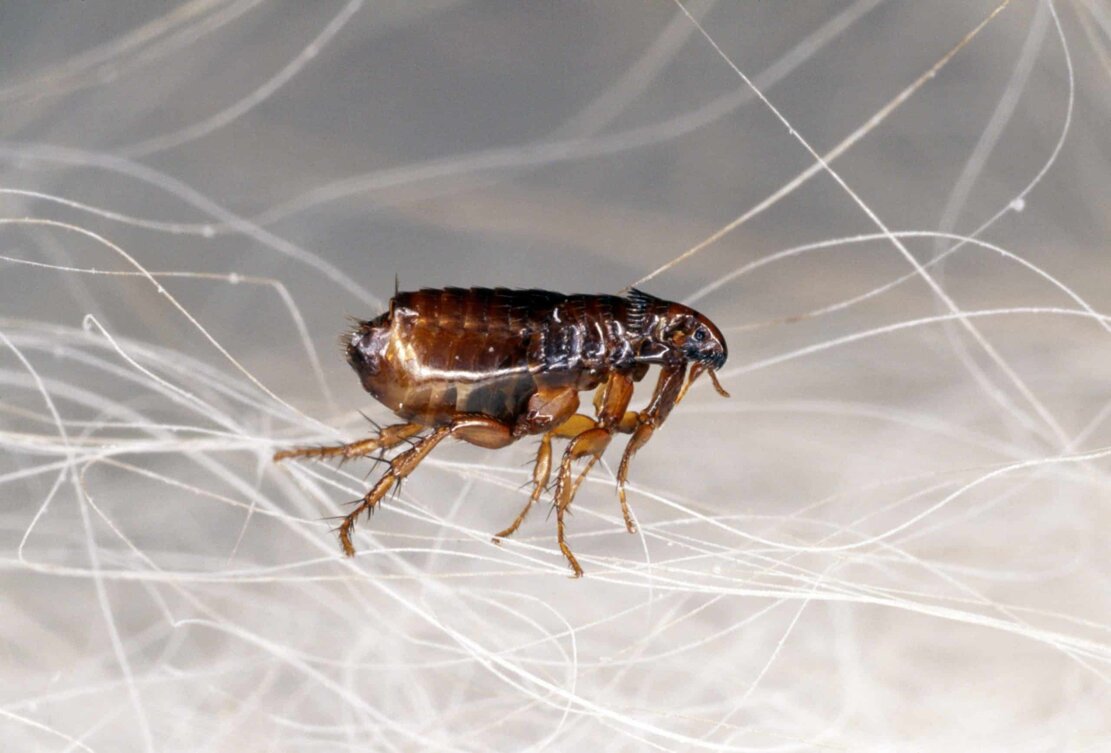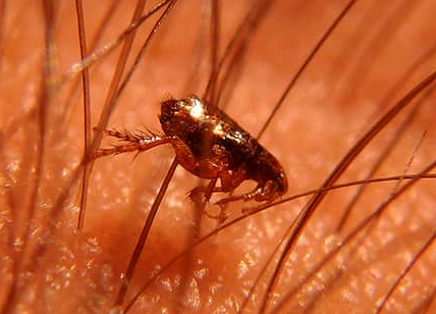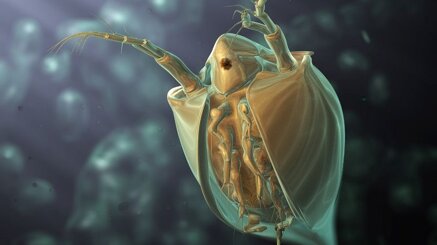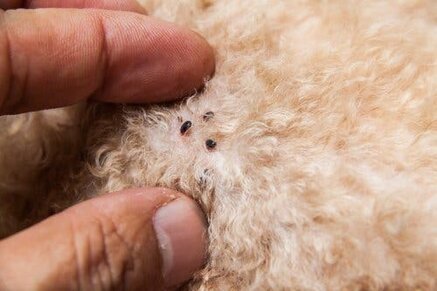Ecopiakos Ecological Solutions - VAT 05534520878

Fleas
Fleas belong to the order Siphonaptera, insects that, in the adult stage, have a piercing-sucking mouthpart (siphon) and are wingless (aptera). Therefore, they are hematophagous insects, whose adults require the blood of warm-blooded animals to reproduce (dogs, cats, rats, etc.).
The species with which humans most often come into contact are 3: the Cat flea (Ctenocephalides felis), the Dog flea(Ctenocephalides canis) and the Rat flea (Xenopsylla cheopis). Less common are the Human flea (Pulex irritans) and the Poultry flea (Echidenofaga gallinacea).
Damage caused
- They act as vectors of important diseases
- They cause skin irritation following their bite
The rat flea (Xenopsylla cheopis) plays the role of primary vector for two diseases: bubonic plague and murine typhus. The first, whose agent is the bacterium Yersinia pestis, is transmitted from rat to rat and from rat to human, through fleas. This transmission is more frequent at the border between urban and rural areas (interface zones), parks, and recreational areas. The second disease, murine typhus, is still today the second most common rickettsia infection in the United States, and is transmitted by the rat flea and the cat flea.
The control of these diseases is based on the control of rodents and fleas. In particular, it is necessary to consider the possibility that, following a successful rodent extermination, fleas may abandon the dead or dying rats en masse and disperse in search of alternative warm-blooded hosts. Therefore, it is very important to use traditional insecticides or growth regulators in areas infested by rats before carrying out widespread rodent extermination interventions.
In addition to the transmission of pathogens, fleas can cause, with their bites, an allergic dermatitis: an immunological disease due to the reaction against the antigens present in the saliva injected by the flea.
Fleas are of medical and veterinary importance for two reasons:

How to act
There are various types of fleas: some prefer dogs, others cats, and still others affect humans. The presence of fleas is not always attributable to our four-legged friends; human fleas are increasingly common and to deal with them it is first of all necessary to carry out a pest control intervention in your home, otherwise they will continue to reappear endlessly.
If you notice bites on your skin, it is definitely human fleas; if it is your dog or cat that has contracted them, you may notice small black dots (droppings) in their fur. In humans, a warning sign is the presence of numerous small red spots on the skin.
If you can identify the source and the infestation is limited, you can try using products against fleas, in case the infestation is quite contained (for example, a dog that sleeps outside in its kennel and does not enter the house; the kennel and the dog can be treated with specific products without having to carry out a radical pest control).
If, on the other hand, you are unable to identify the areas and the severity of the infestation, it is advisable to contact a company that performs flea pest control like ours, able to carry out a targeted and professional intervention with the aim of completely eradicating the presence of parasites.


Ecopiakos Ecological Solutions - VAT 05534520878
